Category: Other Livestock
-

How to Identify and Treat Foot Rot and Foot Scald in Sheep
Foot rot is one of the most devastating diseases in the U.S. sheep industry. The most common clinical sign of foot rot or foot scald in sheep is simply limping sheep. Both scald and rot appear the same until you tip the sheep onto its rump and trim the hooves with a trimmer. This is […]
-
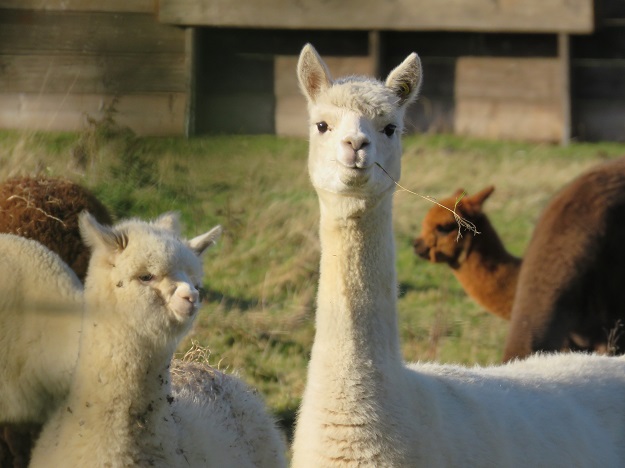
Guidelines for Raising & Training Camelids
Llamas, alpacas, and guanacos are gentle do well on small acreage farms. You can also harvest and sell their fleece and best of all they make excellent pets. Acreage Requirements Alpacas are an ecologically sound choice of livestock, particularly for the small acreage farm. They require less pasture than other types of grazing livestock. On […]
-
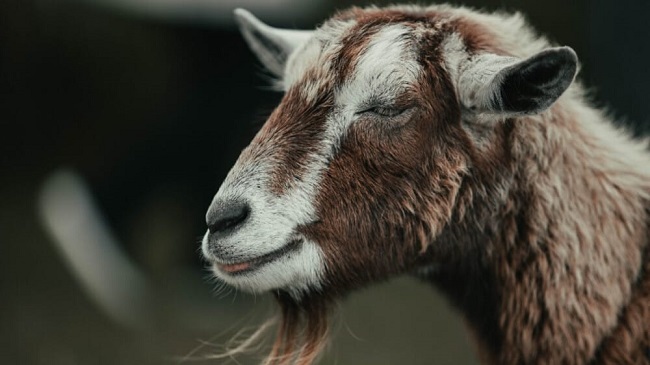
The 4 Main Causes of Pneumonia in Goats
Pneumonia is the term given to describe inflammation or infection of the lungs. Bronchitis, tracheitis and laryngitis describe infections of the upper portion of the respiratory tract. Pneumonia and respiratory disease in general are very serious and widespread among goat populations, dairy herds, and pygmy alike. Much of the problem is due to poor management […]
-
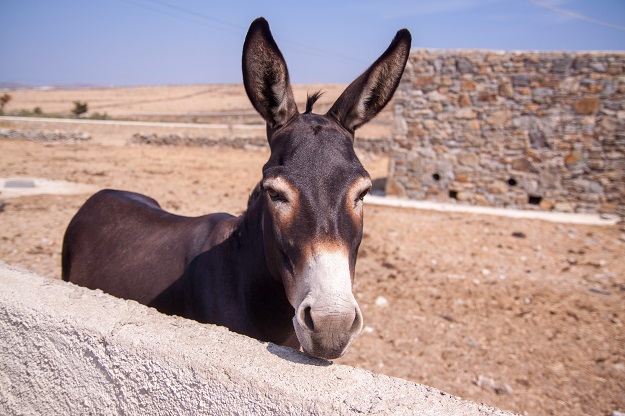
How Mules Combine the Best of Horses and Donkeys
Mules are marvelous in every way. First their very existence is a marvel. As horses and donkeys have a different number of chromosomes one would not expect them to be able to breed together and produce live offspring. Mules are about the only animal that can be bred to order. When the mare is bigger […]
-
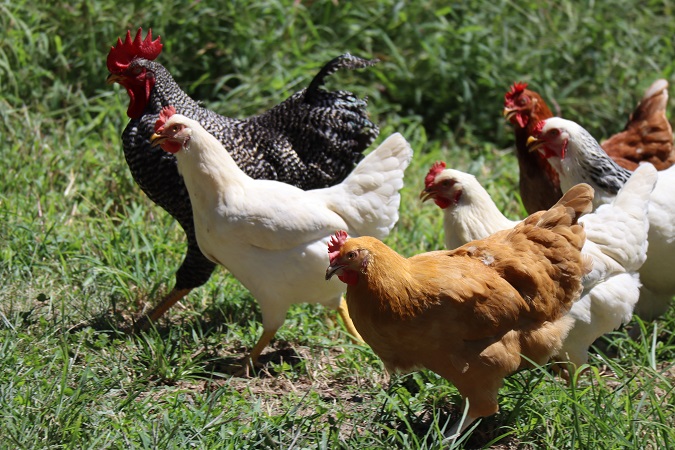
How to Care for Poultry in Hot Weather
Summer is here and you should be thinking about protecting your birds from the extreme heat. Heat can have a very detrimental effect on birds. Poultry do not sweat to provide cooling. Instead, they are cooled by blood that flows through the comb and wattles. As the warm blood circulates through the comb and other […]
-
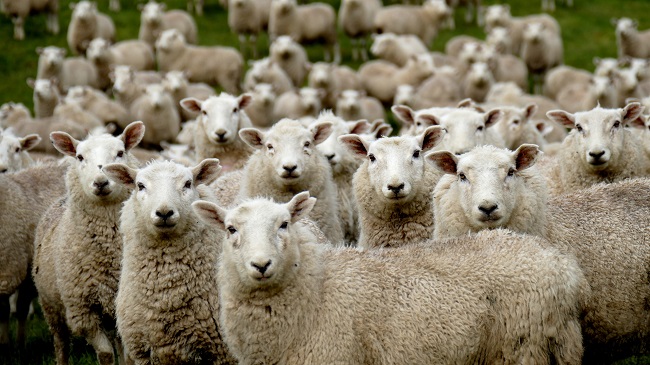
10 Tips to Raise Healthier and More Profitable Sheep
Follow these tips to raise healthier and more profitable sheep. Observe Your Flock Try to spend a few minutes daily at non-feeding times looking for any unusual behavior. Don’t put off checking animals that isolate themselves and spend lots of time lying down. Any animal that is not eating calls for immediate attention. Losing a […]
-
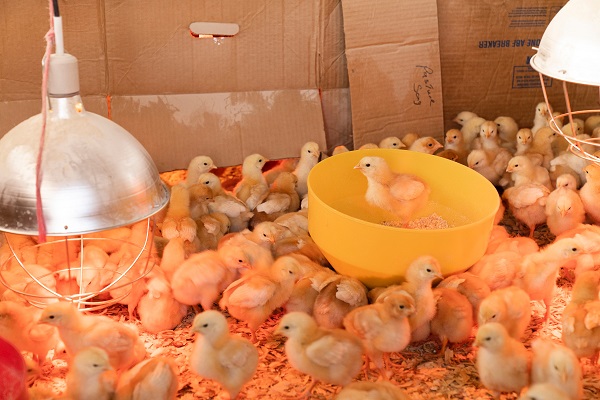
How to Move Young Chicks Outdoors
Baby chicks need the temperature under the brooder lamp to be around 95 degrees F for the first week of their lives. To prepare them to move outdoors, lower the temperature by 5 degrees each week (so for week 2, lower it to 90 degrees), and so on, until you’ve reached current outside temperatures. That’s […]
-
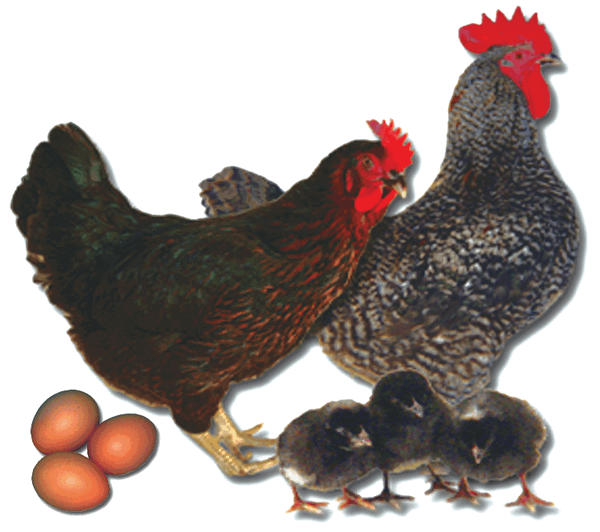
How to Identify the Sex of Chicks
Many people only want hens for eggs or do not want the noise that comes with a rooster, so pullets are ordered. However, sexing chicks is very hard to do with most breeds. Hatcheries employ professional chicken sexers. They use vent sexing (squeezing them to make them poo and then observing whether they have a […]
-
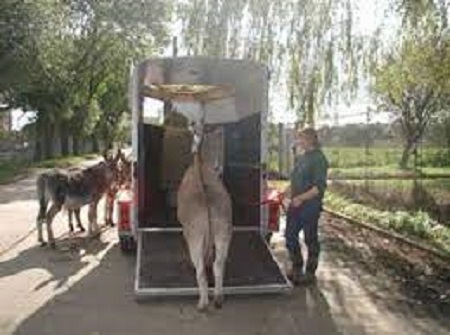
How to Load a Donkey into a Trailer
Well, first off, never wait until the last minute to load a donkey. Trying to hurry them along often will make a donkey who does not want to be loaded into a trailer be at its worst. They’re just not into rushing. Most of the things that work for horses like butt ropes, haven’t worked […]
-
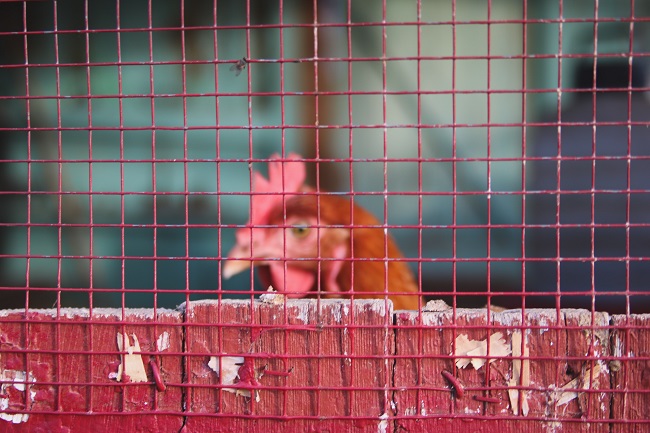
How to Protect Poultry from Predators
I would guess that about half the baby poultry sold each spring is lost to predators well before they lay an egg. The most common predators in this area are dogs, coyotes, fox, raccoon and to a lesser extent skunks, possums, hawks, owls, and crows. When you are building poultry housing, think about keeping predators […]